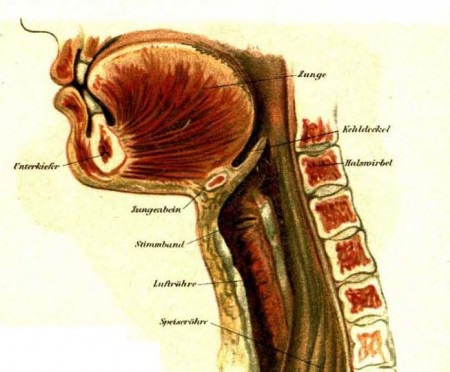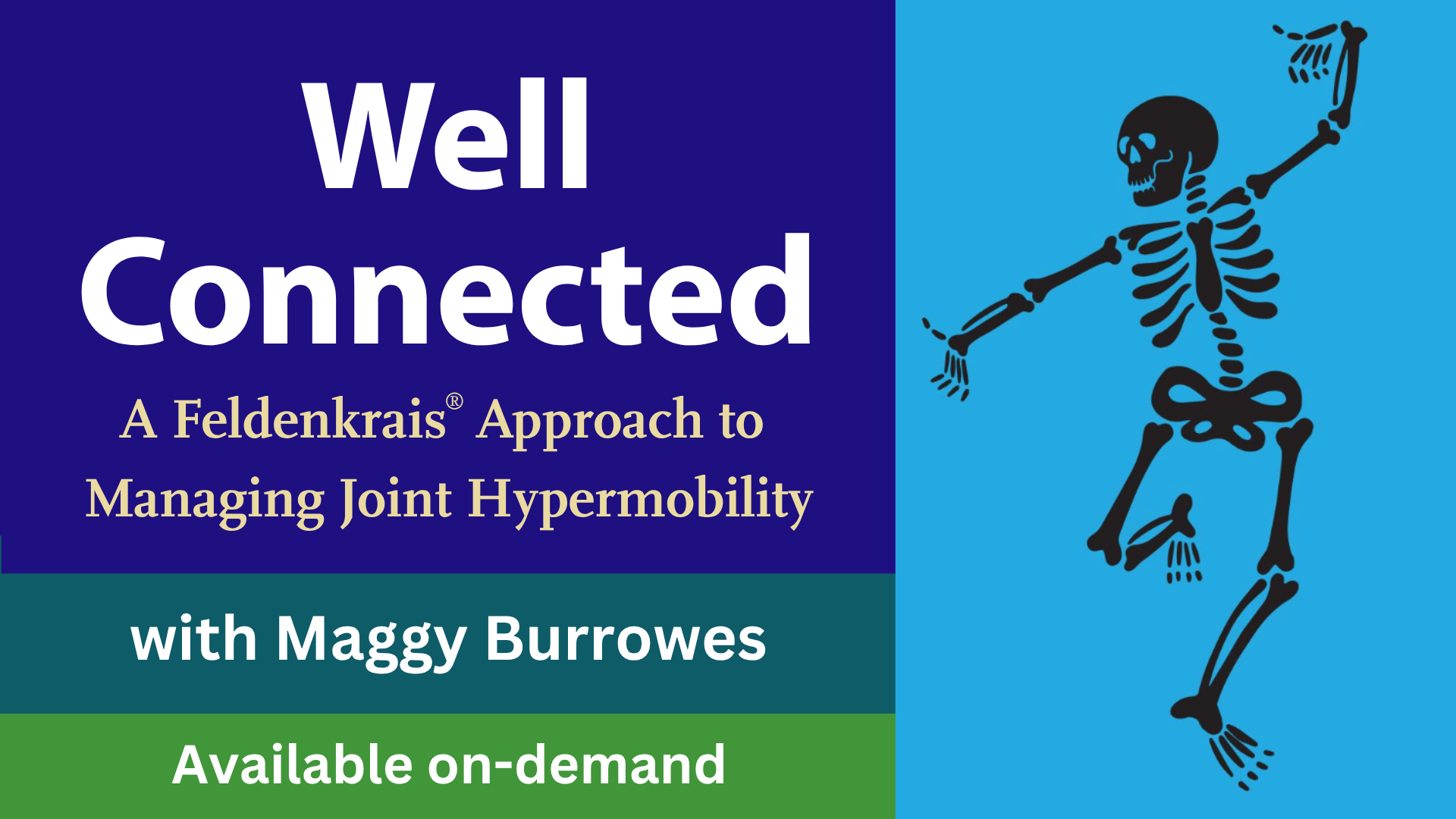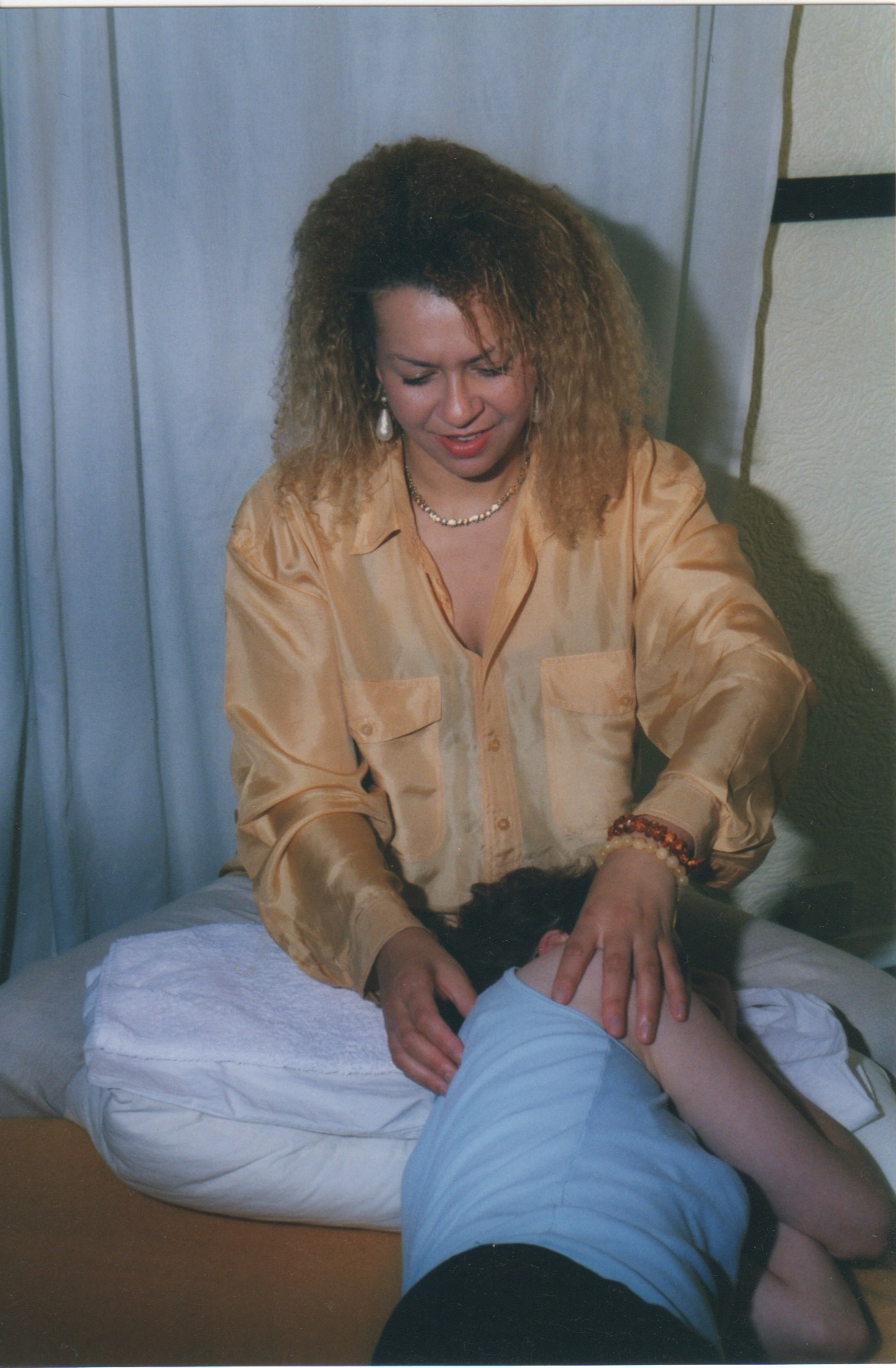Tongue Awareness – an exploration…
Before you continue reading this article, pause for a moment, close your mouth, softly, so that your lips could easily form a smile, and bring your attention to the inside of your mouth…
Allow your air to be drawn slowly and lightly inside your nostrils…
Feel the coolness of the air…
Sense that cool sensation moving in towards the more internal part of your nose… to a space deep within your face that is almost right in the middle of your head…
At some point the air reaches body temperature and its path becomes less easy to distinguish… Follow the air anyway, and allow your attention to rest within that internal space, somewhere below your eyes, behind your nose, and above your throat…
This place is close to the ‘hub’ where senses and neural structures and skeletal tissues meet – the place where you neck meets your skull, where your inner ears meet the back of your eyes and nose, and where your mouth divides into airway and oesophagus…
With your lips softly touching, you may also notice that your lower jaw is almost – but not quite – touching your upper jaw…
Spend a little time sensing the size, and the shape, and the behaviour of your tongue, within your mouth and throat cavity…
I hope you will find that it is naturally resting close to your palate… the tip on that ridge just behind your upper teeth… the upper surface of the blade in contact with – or almost contact with – the dome of your hard palate… and, further back, less easy to differentiate, the deepest part, close to your soft palate…
Next time you inhale, notice that the cool air flowing over the floor of your nose is also traveling over the roof of your mouth…
Now bring your hands to your belly, just a little below your navel… can you feel how synchronised the external and internal sensation of the motion of your breath is… from your nostrils to the very middle part of your self?
This place has many names; it is your centre of gravity, your second chakra, your lower dantian. I like ‘hara’ – it is a nice soft round word, to go with a nice soft round belly…
I hope you enjoyed that diversion, now on with the discussion, and I recommend that you pause, settle, and notice your breathing, regularly as we go along, and I will add a little…
~*~
…every so often, just to remind you…
Breathing Through Your Nose
I started teaching nasal breathing in earnest a couple of years ago, but I started practicing it in earnest 22 years ago. I was suffering from severe asthma, chronic rhinitis, lots of respiratory infections, and had done since my mid-teens. On the one hand I was lucky not to be an asthmatic child, on the other, children sometimes grow out of it, I had grown into it. That is a whole other story that I will touch on later. For clarity, I want to focus on the relationship between my health problems, and my mouth-breathing habit.
~*~
I began working as a singer while my illness was at its most severe. Singing trains you to extend and refine your exhalatory control. There is clear evidence of the value of singing for people with respiratory problems and lung damage. Singing didn’t cure me though. In fact you can sing live a lot, several times a week, and steadfastly remain a mouth-breather with chronic asthma, as my own performing career demonstrates.
~*~
The Buteyko Method
In 1999 I attended a Classical Buteyko Method course, led by Alexander Stalmatsky, in London (my new home at that time). The exercises were a struggle; I did not like some of the techniques I was supposed to be practising so vigilantly, and eventually I abandoned the active practices, however the benefits I was experiencing from sleeping with a plaster holding my mouth closed overnight to train me to breathe through my nose was so effective I continued for 12 years or so, only stopping when a stay in hospital for a different condition made me decide to take the risk. I was pleased to discover I had successfully made the transition, at least during sleep. After that I would sometimes rest the back of my hand against my lips while dropping off, particularly if my nose was threatening to block up, but no more plasters. I should mention here that, thanks to Buteyko I also had a very effective method for unblocking my nose. I wasn’t cured, but I was in much better respiratory health.
~*~
A well-organised tongue floats upwards…
Moshe Feldenkrais avoided prescriptive statements in his training – I knew this because I had the good luck to attend a professional training that included a lot of material from the last training he taught in Amherst, in California. I remember so clearly him saying that the tongue at rest is on the roof of the mouth. The main reason it caught my attention was because mine was nowhere near there. I did the research, and realised he was right. My guess is that he often heard the opposite claimed and wanted to challenge some of the misinformation he was hearing. All too often people still claim that the tongue relaxes downward, even highly respected “somatic” teachers with a lot of influence.
Fascia is a fascinating subject I am still learning about; our structural tissue is fully capable of organising itself naturally in an anti-gravitational direction. I can testify that the tongue relaxes upwards, but I am grateful that I found so many good information sources to help me achieve that.
~*~
Singing is a mouth-breathing skill!
I teach a lot of breathwork. As a Feldenkrais teacher breathing is a central element of all my lessons, and, thanks to Janice L Chapman, I also have a really cool way to teach a naturally coordinated way of breathing whilst performing. Still, as is quite normal and natural, the focus in musical performance is to breathe through the mouth; some singers do breathe through the nose, it has always seemed rather precious and sounded somewhat ‘mannered’. As mentioned elsewhere, the nose slows the breath down, performers need to replenish air quickly and easily. I am aiming to enable the development of spontaneous, functional, joyful voice use – an authentic, self-expressive voice – the sort of voice that bursts out of a person “in any direction, without preparation”, as with all potent action – as it is does for so many very young children.
~*~
Holographic Breathing
My next health breaththrough came via a teacher called Martin Jones. I had been investigating breathing techniques for meditation purposes, and was looking for more information about Stanislav Grof’s Holotropic Breathwork, when I happened upon a film of something called Holographic Breathing – an intriguing concept that proved to be a brilliant discovery for my own health, and my teaching practice.
Martin’s system gave me the perfect strategy for entraining natural, easy, efficient nasal breathing. Subtle, gentle, kinaesthetically and interoceptively focussed – it was easy to teach it as a Feldenkrais process, and in the last couple of years teaching this process has been a central element of my practice. it is a joy to teach, as almost everyone I teach it to feels the beneficial effects straight away.
~*~
Thanks to holographic breathing I had a new natural method for unblocking my nose to replace the highly effective, but rather more strenous Buteyko technique. As these techniques require very regular practice I have begun posting Potent Breath videos with detailed instructions on my free YouTube channel.
Once I began teaching this well-designed nasal breathing process, and consequently talking to other people about it, I was reintroduced to the excellent modern version of Buteyko. Patrick McKeown was a joyful discovery for me. The classic Buteyko techniques I had been taught were so aggressive I suspected them of being a contributor to a deterioration in my health. Here was a wonderful teacher – subtle, gentle, creative, highly effective – I was glad to be able to recommend his teaching to anyone who might prefer a more direct approach to problems such as asthma and sleep apnoea.
As I continue to practise holographic breathing my general health has improved, and my asthma is all but gone. I do not take medication for it, and I do not experience it in any regular way, but I am a cautious soul, it will be a few years yet before I would claim to be cured. It is sufficient that I wake up able to breath, sleep better through the night, and am no longer taking medication that is doing damage to my liver and immune system. I am still getting hay fever, but I am managing it without resorting to medication of any sort allopathic or otherwise. I do maintain my breathing practice very regularly: improving your wellbeing in this way is usually an ongoing commitment, not a magic bullet.
Better Swallowing
I have already stated that a well-organised tongue rests on the palate. The people who talk about this the most are orthodontists. These are the people who spend their days helping people take better care of their mouths, they are the people who can see all the damage being done by mouth breathing and badly organised swallowing, and the better ones are very keen to help us all do something about it.
Perhaps the most famous of these experts are the Dr Mews – “Doing Mewing” is easy to explore on YouTube. I am sharing a short video by the most currently active Dr. Mew; he is a generous, positive and exuberant teacher (although he does everything with a level of physical tension that is a little distressing for a Feldenkrais teacher to watch, so this is just taster length – nevertheless I do recommend you watch his material online).
I am sharing his explanation of a healthy way to improve your swallowing. This sort of thing requires very regular practice so it makes sense to approach it as an exercise – my Feldenkrais instinct is not to work so hard; for myself I do attempt to remember these suggestions whenever I am actually eating; of course improving such a well-established habit takes quite a while, however fortunately – as with so many changes of lifestyle that are good for us – we start to feel better long before we have the new behaviour fully mastered:
We have arrived at the present day, I am still practising and learning more all the time. A couple of years ago, during a particularly deep gong bath experience, after I had been practicing basic holographic breathing for a while, my tongue did indeed float upward and attach itself to my palate effortlessly. It had spontaneously returned to the tongue posture we are all born with, as my current researches into biotensegrity would suggest. Since then I have been able to allow this upward release to happen more consciously, and I find the sense of improvement comes in nice steady steps.
In this current stage, my tongue easily finds my palate throughout the day; my nasal breathing continues through the night, and consequently I sleep better. In allergy season, when my nose may run on waking, I can easily unblock my nose from the inside, using my tongue on my palate in a slightly more active manner in order to open up the internal spaces within and behind my nose, using my version of holographic breathing, which I am calling the Bell Jaw process, and which you can learn here:
I am still in the early stages with improving my swallowing. I now suspect that a lot of my related issues – choking on my own saliva more often than others around me; difficulties swallowing any but the smallest tablets; spontaneous blocking of my ears when yawning – might be aspects of my Ehlers Danlos Syndrome. The one expert I know personally once told me I looked like I might have a hypermobile jaw. Thanks I believe to my ongoing practice I no longer wake up with jaw spasms (early days though, as it was not a regular thing), the one-sided click in my larynx has disappeared, and choking on nothing has become much rarer.
I am grateful for all my little troubles as they have helped me become a determined practitioner of self-healing techniques. I encourage you to approach your own troubles in the same spirit. Whatever you are dealing with, there is someone out there who has found a way to be better by changing something about themselves, finding the difference that makes a real difference, and then sticking with it long enough for the difference to stick with them.





Thank you for sharing your journey with us, interesting and insightful
So glad you enjoyed it!
Thank you Maggy. I am pleased you gained the benefits you mentioned with better sleep and countering hay fever nasal blockage etc.
I find the whole ‘hub’ intersection with the anatomy really interesting, and how the function of the holographic breathing influences/effects so much.
I appreciate your introductory guided exercise with sensing the tongue’s position in one’s mouth
Glad the process was helpful Patricia!
Hi Maggy! Do you have any update on swallowing? I just found your site doing a search for swallowing + Feldenkrais. I have checked out Mew and it’s like you say – too hardcore! I am prone to overdoing so I need to avoid that sort of thing. I’m wondering if you have developed any swallowing lessons/series/workshops? I am dealing with acid reflux and I am suspicious that it’s related to the mild swallowing difficulty which I’ve always had, and the chronic habitual lip pursing that I find myself doing more recently, ever since doing Invisalign. I figure if I have tension in these sphincters then it might be down the column as well and maybe the LES is overstressed and therefore weak and inefficient? Diet and other modifications have not helped so… Thanks in advance for any response!